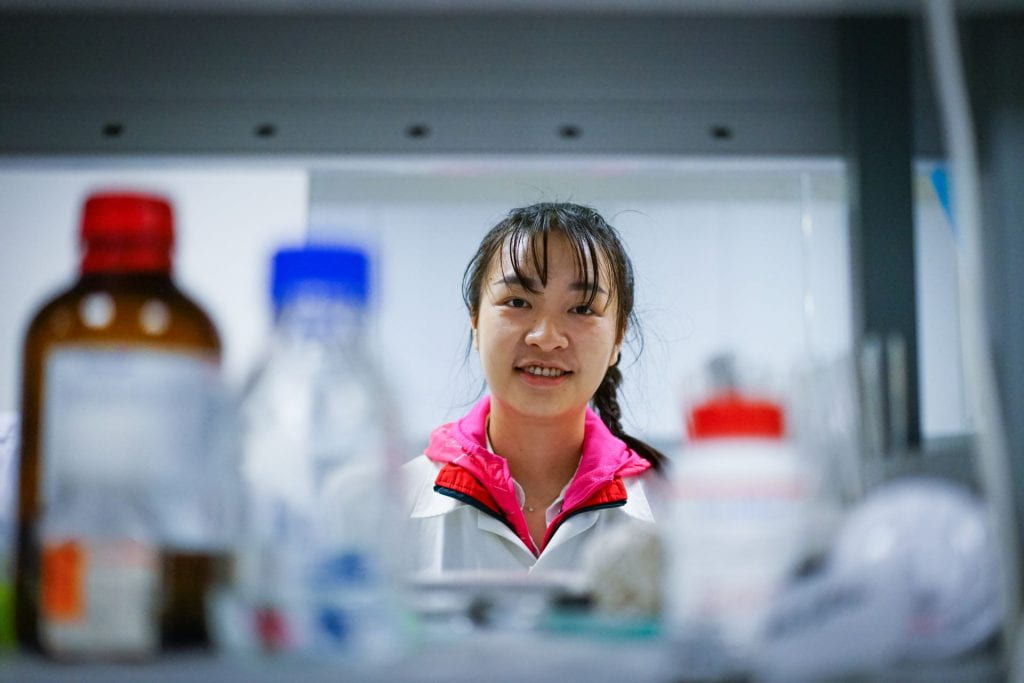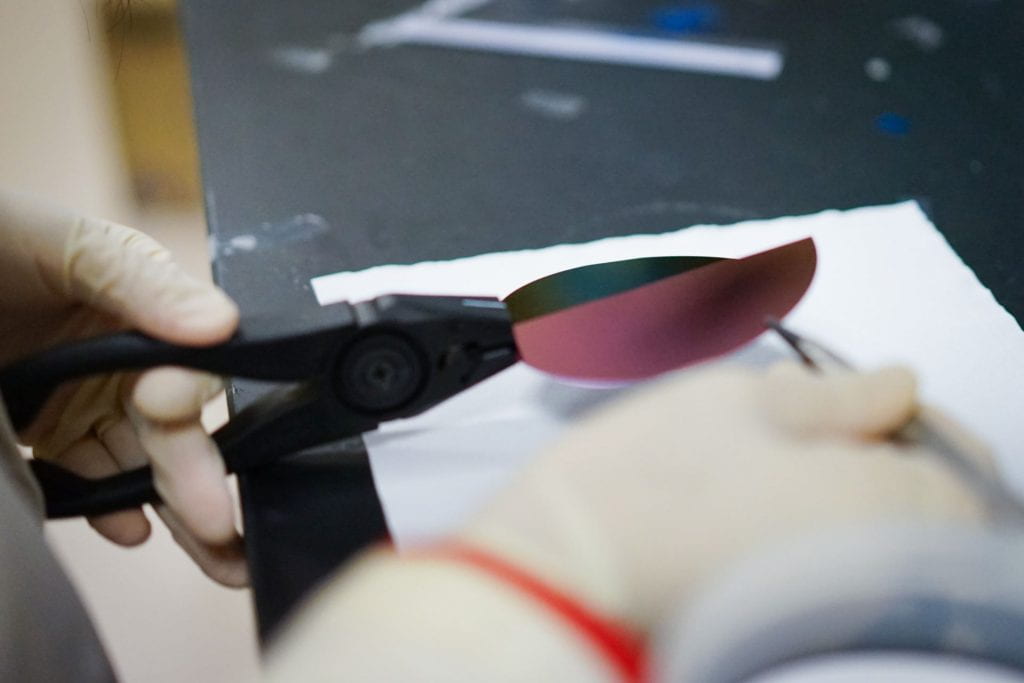Making a mark for Women in Science (Part 2) – Meet NTU School of Physical & Mathematical Sciences PhD student Wu Lishu, who is a recipient of the 2020 Women in Engineering, Science, and Technology (WiEST) Conference Grant. Currently studying 2D materials, she sheds some light on her research, and her thoughts on women in science.
What inspired you to pursue a career in Science?
Since I was a child, I had always preferred mathematics to the arts, or humanities – numbers, symbols and calculations intrigued me. I felt happy when I succeeded in solving a very difficult mathematical problem. My first research experience, in my first year of my science degree, left a lasting impression on me. The project was on the growth of artificial synthetic crystals. After learning how to grow the crystals, I was tasked to propose a new method to improve the crystal quality. Even now, I can still feel the satisfaction from the successful growth of high-quality crystals via using my own methods. I was highly motivated and encouraged by this experience, and therefore decided to delve deeper into science.
How did you first become interested in two-dimensional materials?
I first became interested in two-dimensional (2D) materials in an unexpected way – during an English class in university! The professor had asked us to prepare a presentation to introduce a novel and interesting material. While doing some research for this, I came across graphene in a report of the 2010 Nobel Prize in Physics. Graphene is a good example of a 2D material, with the single atom layer thickness. It has a lot of amazing physical properties e.g. high mobility, zero band gap for single-layer graphene, etc. Along with the discovery of graphene, 2D transitional metal dichalcogenides (TMDs) were subsequently explored. TMDs – layered semiconductors, possessing many physics properties, distinct from traditional III-V semiconductors – piqued my curiosity, and I decided to study them.
What are you currently working on?
Currently, I am working on the optical properties of 2D van der Waals heterostructures. As I mentioned above, 2D materials are a type of layered atomic crystals, with weak van der Waals interactions between layers, enabling the exfoliation into monolayer and the reassembly into heterostructures. The stacking of the heterostructures is like Lego and can be composed of different 2D material layers. Thus, novel 2D physics and performance are expected to be found in the heterostructures and devices. My work is mainly about the discovery of novel optical properties in 2D heterostructures.
What is your long-term research goal / what are you seeking to accomplish in the long run?
I aspire to become a professor to teach students and guide them through the exciting world of science. However, I still have a long way ahead of me. First, I need to work hard, complete my PhD, and establish myself in the science community.
Any advice you might have for other women interested in science or this grant?
First of all, have confidence in yourself! Being confident helps in overcoming problems. Women tend to undersell their abilities and second guess the opportunities that come their way. Be optimistic, and go out and look for these opportunities and work hard on them once you get a hold on them. Also, it is very important to build healthy relationships with your colleagues, supervisors, and friends, who make up your support system. And above all, never give up yourself no matter the obstacles!
About the WiEST Conference Grant
The Julia & Ken Gouw Foundation with the College of Engineering and the College of Science at Nanyang Technological University (NTU Singapore) established WiEST Conference Grant in 2018 for: Women in Science, Engineering & Technology to facilitate networking opportunities for young women engineers and scientists to embark on their careers. For more info, click here.





